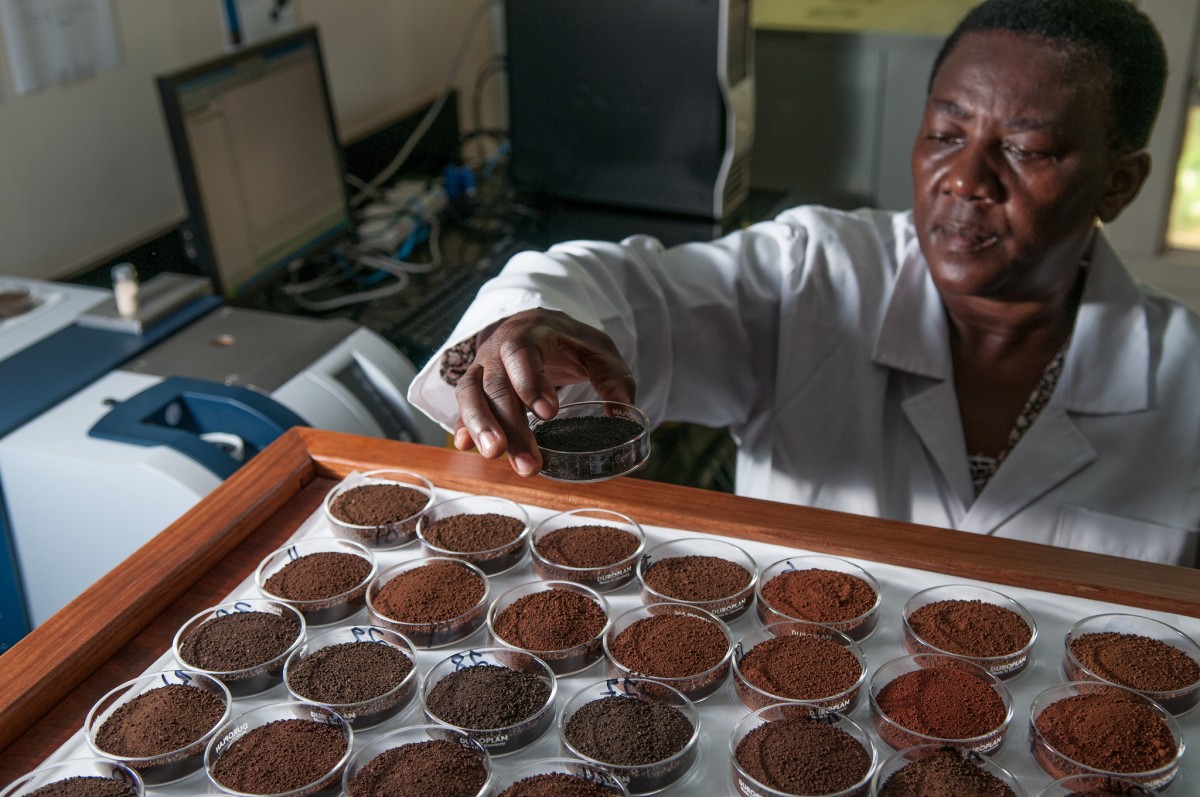Evaluating the effectiveness of soil carbon sequestration
The world has a carbon problem, and we all know it. Tons of carbon dioxide are emitted into the atmosphere every day, contributing significantly to climate change. But slowing the rate of emissions will be no easy feat. In order to mitigate its effects, scientists are looking at alternative ways of dealing with the issue, such as carbon sequestration.
A moving target
In recent years, carbon sequestration has gained tremendous momentum and national and international initiatives have been taken up. But as to exactly how much of this carbon can be mopped up through sequestration is up to debate. Some scientists believe that indeed all anthropogenic emissions could be offset in such a way, while others believe only a few percent can be.
Certain key factors contribute to this uncertainty amongst the scientists. In soil carbon sequestration specifically, where organic matter such as manure, and compost are added to the soil, there are three major factors that influence its potential:
- The dynamic nature of soil from place to place and over time
- Variances between agricultural practices that influence the soil’s ability to act as a carbon sink
- The significant changes to agricultural management practices that would need to be undertaken such as no-till agriculture. Globally, the adoption of such practices by farmers will take time.
Soil carbon? There’s an app for that!
To address these issues, the International Center for Tropical Agriculture (CIAT) created an app to help farmers and scientists calculate a soil’s current amount of sequestered organic carbon, as well as the quantitative impact of soil conservation practices on sequestration over time and at different scales.
The SOC App provides a platform where users can input their data on land use practices and soil content to visualize the organic carbon profile of an area along with how such sequestration would unfold over the years under different management practices.
Once the user has inputted all the values, the app determines how many tons of carbon the soil can sequester along with the magnitude of sequestration if the anticipated practice was to be scaled out to regions, countries, sub-continents or even the entire world.
CIAT’s new app aims to help governing bodies such as the Kenyan government for instance, find out how much carbon could be sequestered by applying certain land use principles, like conservation agriculture, to its nation’s farms. This app will hopefully aid researchers and decision makers in visualizing the dynamics of soil carbon sequestration in order to achieve their goals in mitigating emissions.
In the future, CIAT also hopes to possibly to add baseline data on the impact of certain land management practices as an extra feature.
While the mitigation potential to sequester and “fix” carbon in the soil is most likely not more than 5-15 percent of emissions, that doesn’t mean we shouldn’t try and boost efforts to sequester carbon in the soil. It will not be a panacea, but rather one small step towards a wider movement to mitigate against the impacts of climate change. So we need to be realistic about how much carbon we can actually store in the soil, and how we will go about doing it.
Acknowledgement: The basis of the idea of this App is the publication from Sommer and Bossio 2014 (Dynamics and climate change mitigation potential of soil organic carbon sequestration. J. Environment Management 144, 83-87). CIAT is grateful for the financial support from GIZ (Deutsche Gesellschaft für Internationale Zusammenarbeit), Germany for developing this application.



